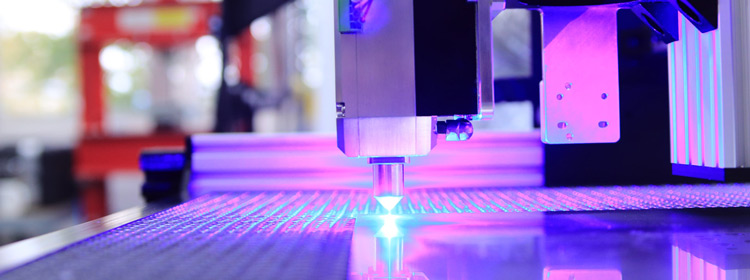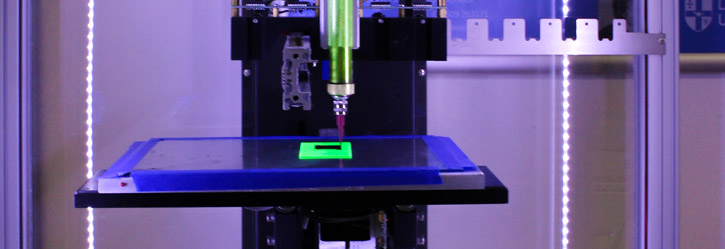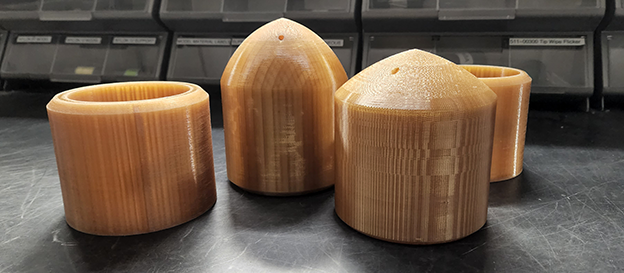The Milestones in the 2000s Now we continue on with the remarkable…
News
How 3D Printing All Began: Timeline of A Revolution
The History of 3D Printing 3D printing technology was first called Rapid…
Understanding What 3D Printing Is About
What is 3D Printing Technology? 3D printing is a technology that brings…
Robotics Made Easy with 3D Printing in Seattle
What You Can Get Out of 3D Printing Your Robot If you’re…
Robotic End-of-Arm Tooling in Ultem 1010
These cylindrical pieces were designed to work as part of an end-of-arm…






